The COVID-19 pandemic had a devastating impact on most restaurants worldwide. Within Canada, about 13,000 restaurants have closed down permanently.
With restrictions being lifted and people going out to eat once more, now is a great time to consider the restaurant industry as an investment idea.
Our list will cover the best restaurant ETFs in Canada. These are either exclusively focused on the restaurant industry, or have some partial exposure to it.
Best Restaurant ETFs in Canada
An important thing to keep in mind is that some of these ETFs trade on US exchanges. This means that they will need to be bought on the US side of your accounts in Canada, in US dollars.
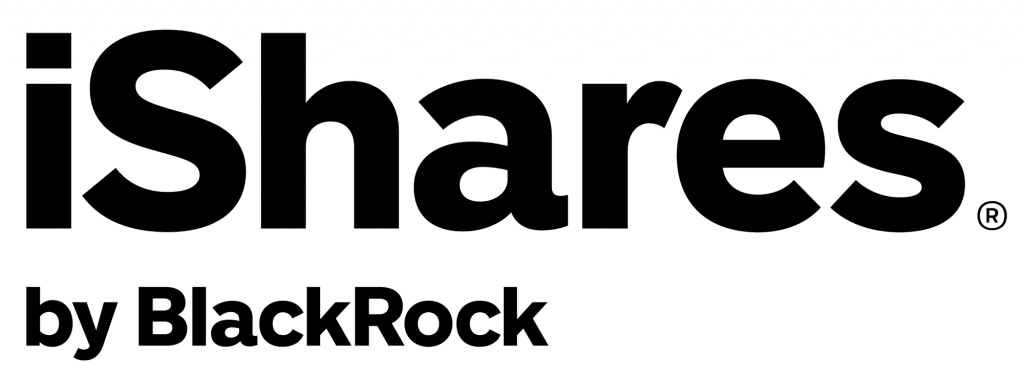
- Ticker: XCD.TO
- Inception Date: March 26, 2013
- Assets under Management: $67.7 million
- Management Expense Ratio: 0.65%
- Listed on: Toronto Stock Exchange
- Distribution Yield: 0.43%
- Stock Price: $50.71
- YTD Return: -2.14%
As a Canadian option that trades on the Toronto Stock Exchange, XCD will give you partial restaurant exposure by focusing on the consumer discretionary sector globally. Restaurants fall under the consumer discretionary category.
XCD invests across just under 60 stock holdings globally. The ETF is small, and its MER is high for a global stock ETF.
VCR offers a very low distribution, paid out semi-annually. The ETF has a long performance track record. The ETF hedges out any currency fluctuations between the Canadian dollar and other currencies.
XCD is a decent option for restaurant exposure if you are looking to invest in Canadian dollars.
2. BMO Global Consumer Discretionary Hedged to CAD Index ETF
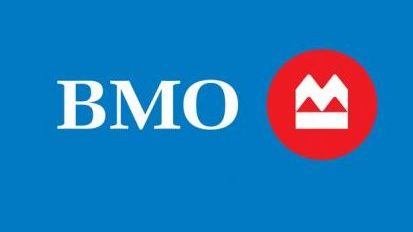
- Ticker: DISC.TO
- Inception Date: April 7, 2017
- Assets under Management: $34.19 million
- Management Expense Ratio: 0.40%
- Listed on: Toronto Stock Exchange
- Distribution Yield: 0.92%
- Stock Price: $36.6
- YTD Return: 0.05%
Another Canadian-listed option, DISC invests in global consumer discretionary stocks as well. This will again only offer partial exposure to the restaurant industry.
The ETF is fairly small, and its MER is substantially lower than XCD. DISC hedges currency fluctuations between the Canadian dollar and other currencies.
DISC offers a fairly low distribution, paid out quarterly. The ETF has a fairly short track record for performance.
As a Canadian option, DISC is likely a better option than XCD due to its lower MER.
3. Invesco Dynamic Leisure and Entertainment ETF
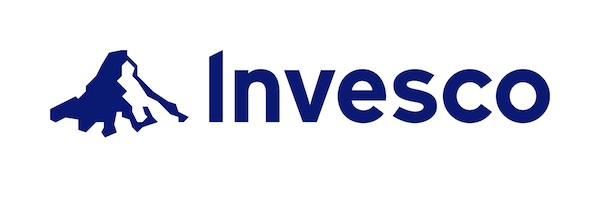
- Ticker: PEJ
- Inception Date: June 23, 2005
- Assets under Management: $1.06 billion
- Management Expense Ratio: 0.55%
- Listed on: New York Stock Exchange
- Distribution Yield: 0.71%
- Stock Price: $42.35
- YTD Return: -0.29%
PEJ invests in approximately 30 companies in the US involved in leisure and entertainment. It is a US-listed ETF, meaning it will need to be purchased in US dollars on the US side of your accounts.
The ETF is currently approximately 50% invested in consumer discretionary stocks. Out of these consumer discretionary stocks, not all of them are restaurants or involved in the restaurant business.
PEJ is a huge ETF, with an average MER. It also offers a fairly low distribution, paid out quarterly. It has a long performance track record, and Invesco is a well-known asset manager in the global ETF space.
While the ETF offers only partial exposure to restaurants at best, its features make it a good option considering other alternatives.
4. Invesco S&P SmallCap Consumer Discretionary ETF

- Ticker: PSCD
- Inception Date: April 7, 2010
- Assets under Management: $27.68 million
- Management Expense Ratio: 0.29%
- Listed on: NASDAQ
- Distribution Yield: 1.36%
- Stock Price: $102.0356
- YTD Return: -4.15%
Another ETF from Invesco, PSCD invests in roughly 90 holdings in the US. These stocks are classified as small-cap and are part of the consumer discretionary sector.
PSCD is another US-listed ETF on our list, meaning it goes on the US side of your accounts. A significant portion of the fund’s holdings are restaurants or involved in the restaurant business.
PSCD is a small ETF, with a fairly low MER. Its size puts it at risk of closing down in the future if it fails to grow or attract additional investment.
The ETF offers a fairly low distribution, paid out quarterly. Similar to PEJ, PSCD has a long performance track record.
Aside from PSCD’s small size, it is another great ETF for adding restaurant exposure to your investment portfolio.
5. Vanguard Consumer Discretionary ETF

- Ticker: VCR
- Inception Date: January 26, 2004
- Assets under Management: $5.44 billion
- Management Expense Ratio: 0.10%
- Listed on: New York Stock Exchange
- Distribution Yield: 1.13%
- Stock Price: $301.84
- YTD Return: -3.95%
A low-cost solution from Vanguard, VCR invests in just over 300 holdings in the US. These stocks are part of the consumer discretionary sector. VCR is US-listed and trades in US dollars.
Restaurants make up a significant portion of VCR. The ETF is incredibly large, and its MER is extremely low.
VCR offers a low distribution, paid out quarterly. The ETF has a very long performance track record.
The ETF’s low fees and huge size make it an excellent choice for adding restaurant exposure across your US accounts.

- Ticker: EATZ
- Inception Date: April 20, 2021
- Assets under Management: $2.88 million
- Management Expense Ratio: Up to 0.99% for at least 1 year
- Listed on: New York Stock Exchange
- Distribution Yield: 0.2%
- Stock Price: $22.57
- YTD Return: -0.93%
The EATZ ETF from AdvisorShares is the only pure-play fund for the restaurant sector at the moment. The ETF has a fairly short track record, having launched recently. EATZ is another US-listed ETF on our list.
EATZ has very few assets under management. The chances that the ETF will close down in the future are high if it does not have success in attracting assets.
The fund’s dividend yield is also very low, making it a poor choice if you are looking for a constant income stream.
EATZ comes with a high MER, which is only guaranteed to remain at 0.99% for the first year since inception. AdvisorShares has the ability to raise the MER in the future, so make sure to keep an eye on it if you choose to invest.
The ETF is almost entirely invested in North America, with a small allocation to Latin America.
What’s the Best Restaurant ETF in Canada?
From the above list, the best restaurant ETF depends on whether you are looking to invest in Canadian or US dollars. BMO’s DISC ETF is our top choice as a restaurant ETF trading on a Canadian exchange.
If you are investing in US dollars, Vanguard’s VCR is the top choice because of its huge asset size and extremely low fees.
What is the Best Food ETF?
If you are looking for exposure to food as opposed to restaurants, you will likely be investing in a different category. Food falls in the consumer staples category, as opposed to consumer discretionary for restaurants.
Invesco’s Dynamic Food & Beverage ETF is a great option for accessing consumer staples and food.
How to Buy the Best Restaurant ETFs in Canada
The cheapest way to buy ETFs is from discount brokers. My top choices in Canada are:
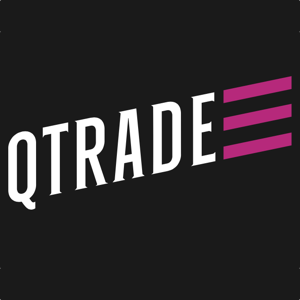
- 105 commission-free ETFs to buy and sell
- Excellent customer service
- Top-notch market research tools
- Easy-to-use and stable platform

- Stock and ETF buys and sells have $0 trading fees
- Desktop and mobile trading
- Reputable fintech company
- Fractional shares available
To learn more, check out my full breakdown of the best trading platforms in Canada.
Conclusion
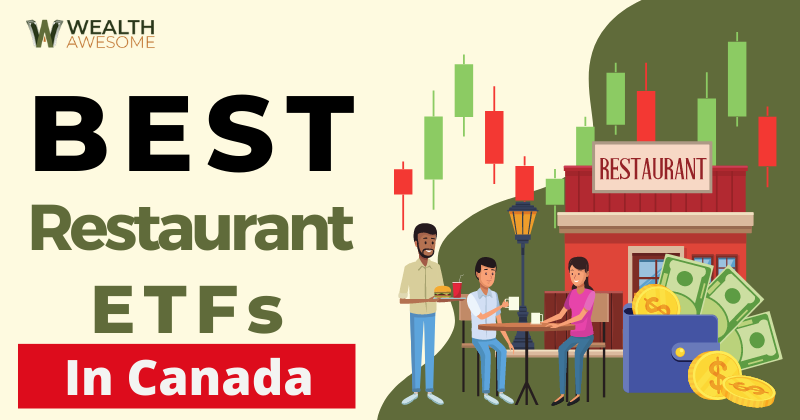
If you are looking to get some restaurant exposure in your portfolio, it will likely come from a consumer discretionary sector ETF. With EATZ as the only pure-play restaurant (with poor features), your choices are fairly limited.
Remember to properly diversify when investing for long-term growth. This will mean diversifying outside not only the restaurant sector but also outside the consumer discretionary sector.





